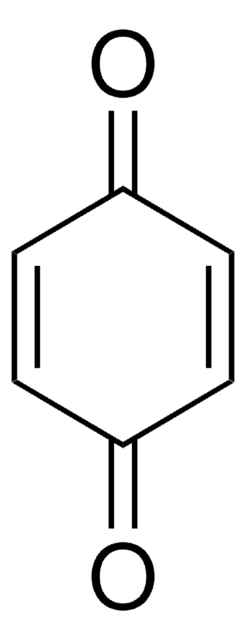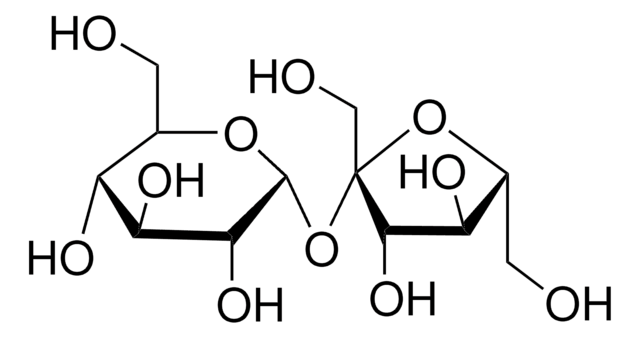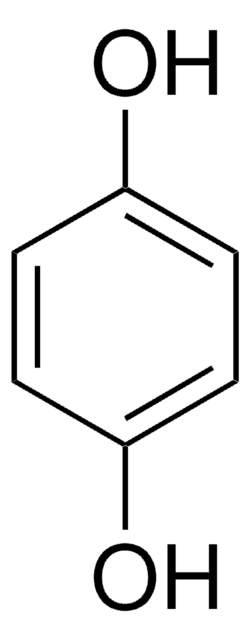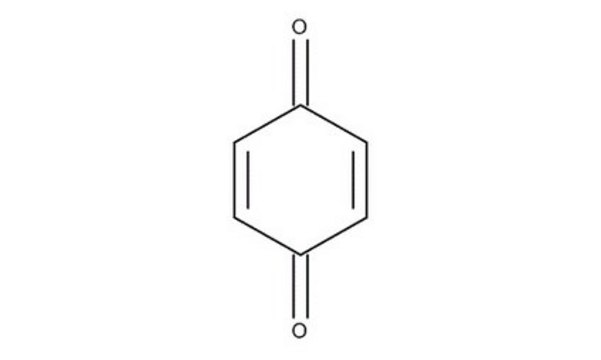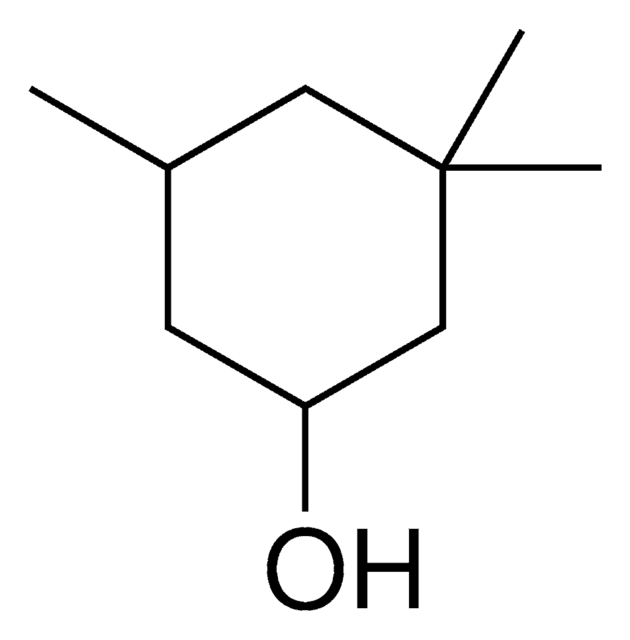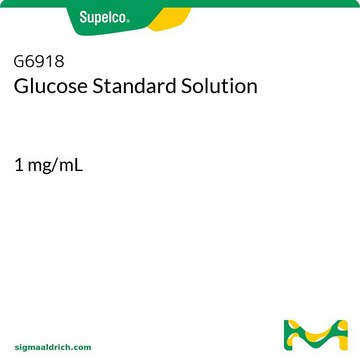51386
1,4-Benzoquinone
pharmaceutical secondary standard; traceable to USP
Synonym(s):
p-Benzoquinone, Quinone
About This Item
Recommended Products
grade
certified reference material
pharmaceutical secondary standard
Agency
traceable to USP 1056504
vapor density
3.73 (vs air)
vapor pressure
0.1 mmHg ( 25 °C)
autoignition temp.
815 °F
technique(s)
HPLC: suitable
gas chromatography (GC): suitable
mp
113-115 °C (lit.)
format
neat
storage temp.
2-8°C
SMILES string
O=C1C=CC(=O)C=C1
InChI
1S/C6H4O2/c7-5-1-2-6(8)4-3-5/h1-4H
InChI key
AZQWKYJCGOJGHM-UHFFFAOYSA-N
Looking for similar products? Visit Product Comparison Guide
Application
Regulatory Information
Choose from one of the most recent versions:
Certificates of Analysis (COA)
It looks like we've run into a problem, but you can still download Certificates of Analysis from our Documents section.
If you need assistance, please contact Customer Support.
Already Own This Product?
Find documentation for the products that you have recently purchased in the Document Library.
Our team of scientists has experience in all areas of research including Life Science, Material Science, Chemical Synthesis, Chromatography, Analytical and many others.
Contact Technical Service